Avicenna, the polymath renowned with ancient wisdom of medicine, Greek philosophy and mystical Islam, a man of sacred knowledge and curing methods …
Category: Culture
Boris Cyrulnik articulates that human evolution takes place only in crises. "When the epidemic is over, we will see that we will have dusted off old values that will help us to develop a new way of living together. There will be profound changes, this is the rule." …
“Where the spirit does not work with the hand, there is no art.” The great Renaissance polymath Leonardo da Vinci (1452-1519) –timeless artist, engineer, architect, mathematician, and scientist, with profound knowledge in everything from anatomy and optics to physics to light –is commemorated at the Louvre Museum for the fifth centenary of his death. In his quest to understand the relation between the physical and the metaphysical, he spent a lifetime studying the human being and its place in the universe. His brave creativity, endless genius, and artistic talents arching far beyond the perceptual and scientific realities of …
It is an extraordinary exhibition where there is no museum, there are no solid paintings and yet it is a feast for all the senses and for the soul. Vincent Van Gogh’s (1853-1890) genius brushworks become alive in a mesmerizing movement of images, colors, light and sound. The irises, sunflowers, olive groves, haystacks, his self-portrait and more, are all projected for 30 minutes on a surface of 3300m², covering all over from the floor across the walls and up to the ceiling 10 meters high. It is an exhilarating experience. The “multisensory” digital art exhibition plunges one into a world …
Siri Hustvedt, the prizewinning writer and scholar, describes the meaning of life in her vigor for work, the joy she finds in the creative impulse and the urgency to write driven by it. She recounts her life being a woman writer in men’s world, married to the well-known writer Paul Auster and describes her remedies to overcome the challenges of the “writing self”. Her deep knowledge of psychoanalysis, art and neuroscience is woven in her stories where the human condition is playing up real and tangible. She insightfully draws answers to the question “what are we ?” Here …
In the dance, one finds the cinema, the comic strips, the Olympic hundred meters and swimming, and what’s more: poetry, love and tenderness, said Maurice Bejart, the exceptional choreographer, opera director and dancer. Long before neuroscience confirmed that our brains are wired to move along with music, dancing was there. Babies, children, and adults, all instinctively move to the rhythm of the music. Based on recent cognitive research, it seems like human beings are universally synchronized with the chords of music. Moreover, the rhythmic movement lifts our mood, regulates the mental and emotional fluctuations, and we become happier. Such …
Rondador (panpipe) is one of the oldest instruments played in Latin America. It is a wind instrument made of condor feathers, bamboo and cotton string. When played, its pure sound echoes across the Andean mountain peaks where the condors fly. A well-known folk song played with this instrument is “El Condor Pasa”. In the original lyrics, an allegory is made to the condor flying high above in the sky as the symbol of freedom and dignity. As flying, he looks at the Andean miners working below and his flight becomes the miners’ aspiration for freedom and a dignified life. …
The story of how Hypnos, the god of sleep made Zeus fall asleep and how the Greeks went across the Aegean and won the Trojan war. The Greek god Hypnos was represented as a gentle and calm young man, with wings attached to his temples. His voice had enormous power over the mortals and immortals including Zeus, the god of the gods. The word hypnosis derived from his name is used today as a psychological method to put someone into a deeper state of consciousness where pure attention is heightened. When conducted properly into this state of mind, one can …
A most wonderful example of cognitive dissonance theory of psychology, written in such a delightful fable by La Fontaine. Rosy and ripe, and ready to box, The grapes hang high o’er the hungry Fox He pricks up his ears, and his eye he cocks. Ripe and rosy, yet so high! He gazes at them with a greedy eye, And he knows he must eat and drink or die. When the jump proves to be beyond his power “Pooh!” says the Fox. “Let the pigs devour Fruit of that sort. Those grapes are sour!” Translated by: William Trowbridge Larned …
A sacred Indian myth tells us how we can pursue our life goal by action. Bhagavad Gita which dates back at least 300 years before Christ, is preserved and considered a masterpiece above all Indian doctrines ever since. It is composed of 700-verse epic dialogues between Prince Arjuna and Krishna, Arjuna’s guide and charioteer. The scene takes place on the eve of an expected battle between two huge armies – Pandava brothers and their cousins who have cheated the Pandavas of their rightful kingdom. The Prince, in a state of conflicting morals and emotional despair is unwilling to pursue …



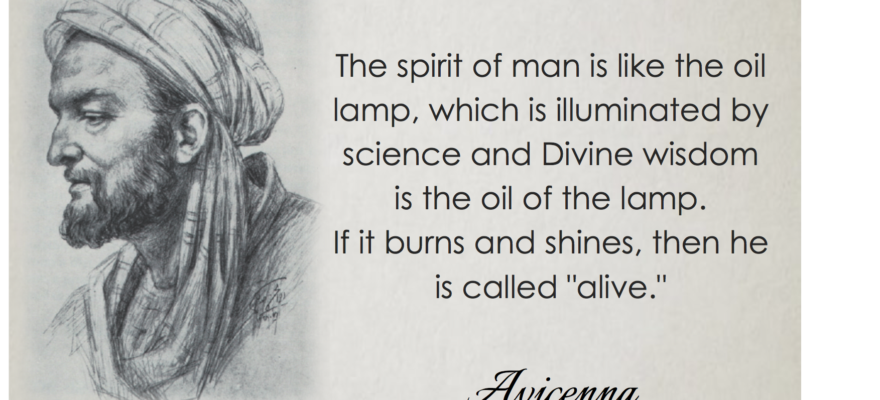
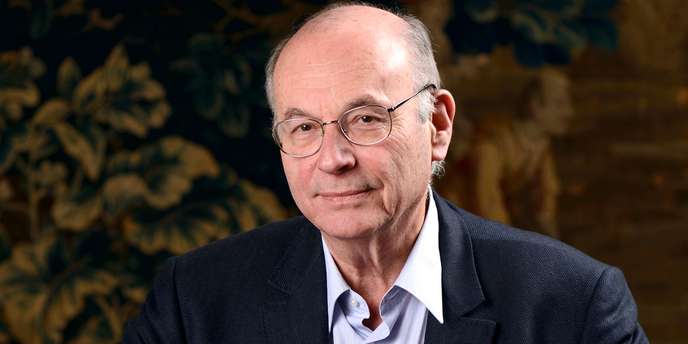

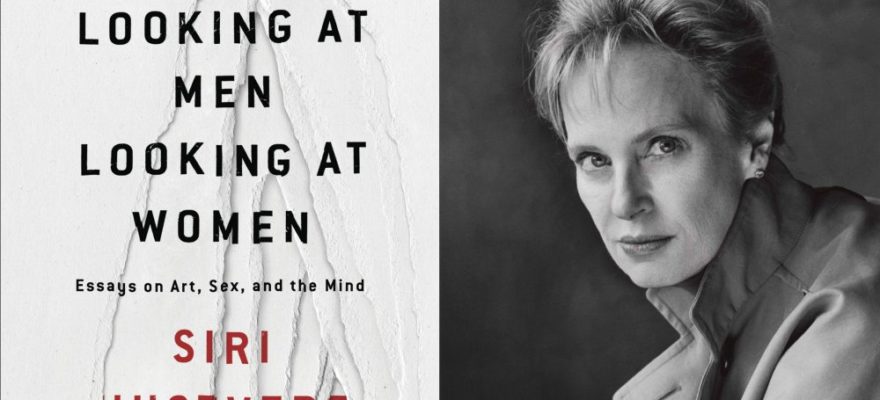
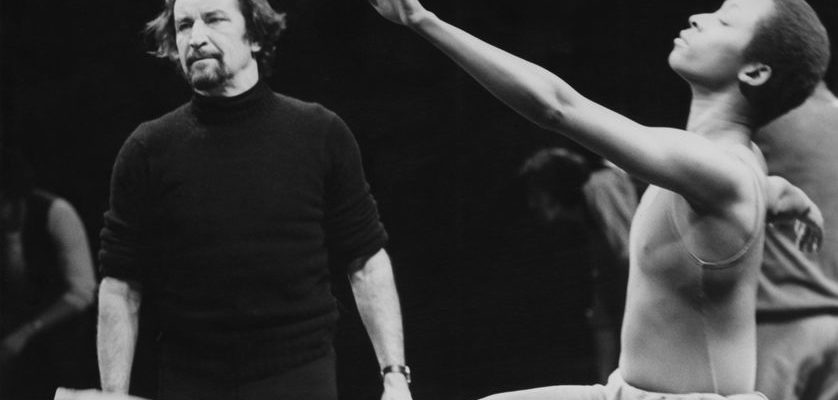
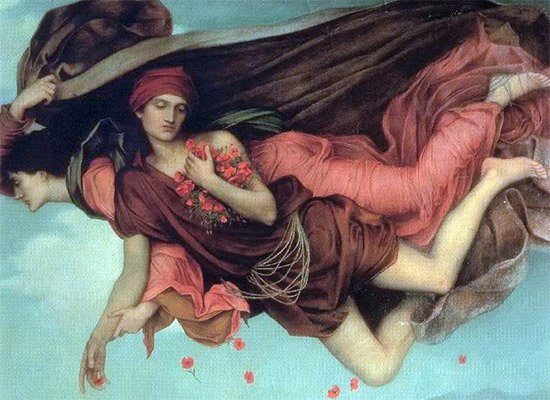
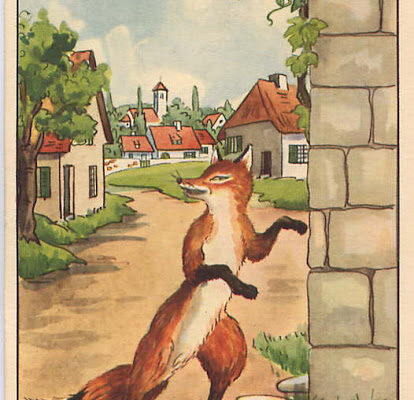
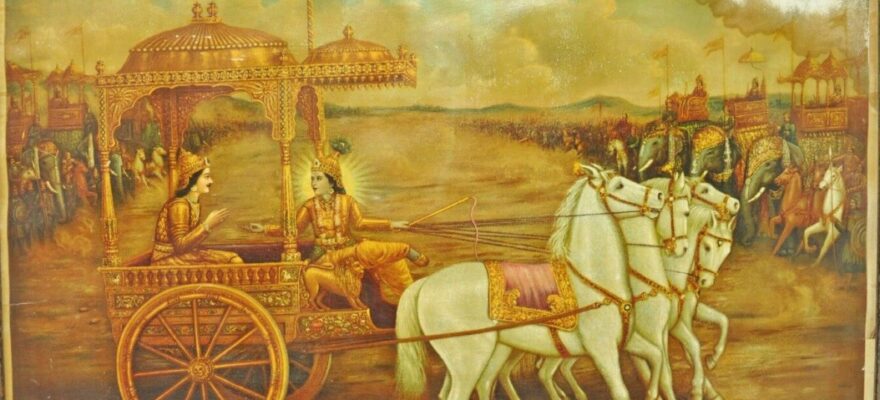





Social Profiles